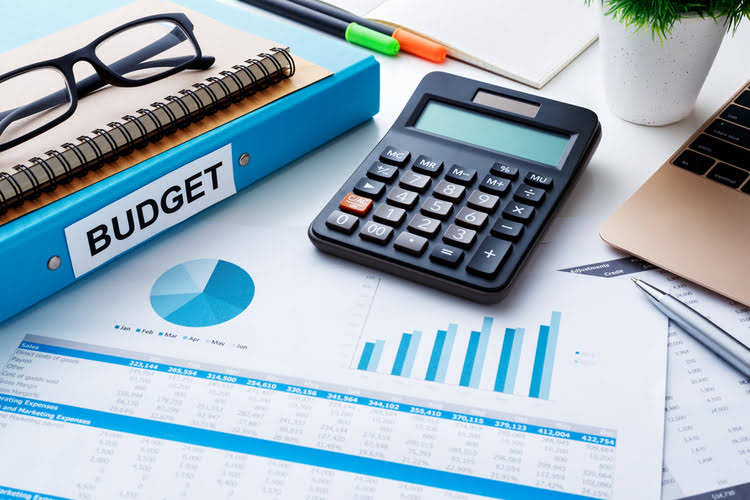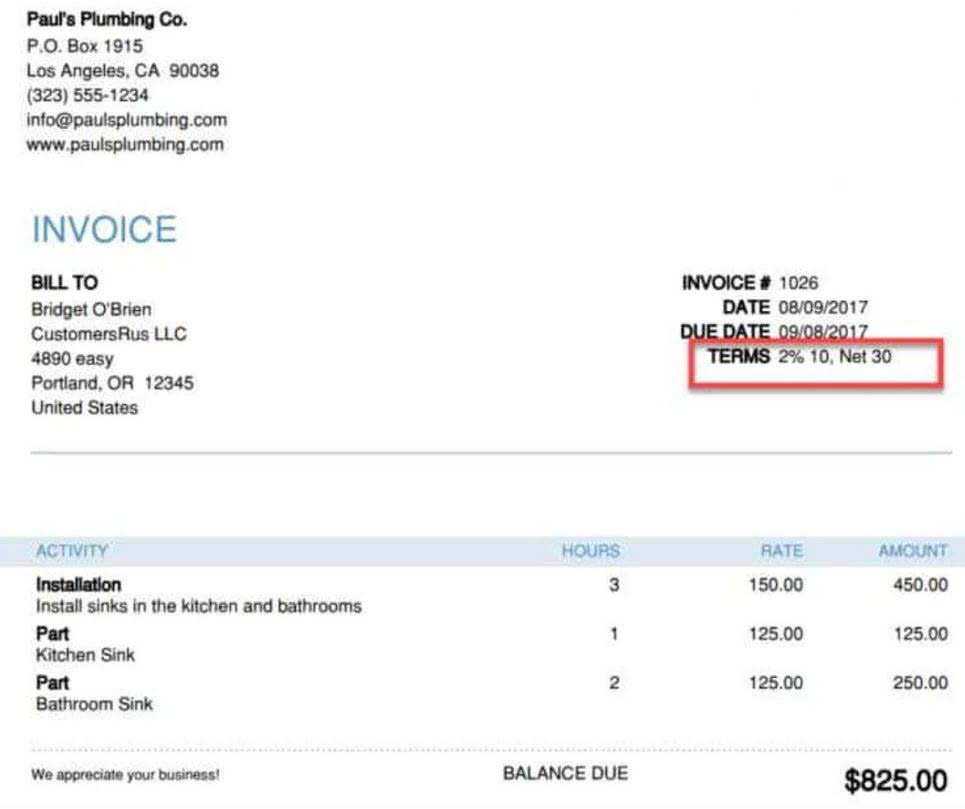Authorized Shares vs Outstanding Shares: What’s the Difference?

Conversely, a reverse stock split reduces the number of outstanding shares. Companies typically use reverse splits to increase their share price to meet minimum exchange listing requirements. Although this decreases liquidity due to fewer shares, it can deter short sellers by making it harder to borrow shares for short selling. A company’s outstanding shares may change over time for several reasons.

What Are Stockholder Voting Rights, and Who Gets a Vote?
- As the number of total outstanding shares increases, EPS decreases, assuming the net income remains constant.
- Outstanding shares represent the number of a company’s shares that are traded on the secondary market and, therefore, are available to investors.
- Outstanding shares include a company’s common stock held by individual investors, institutional investors and restricted shares held by company officers and insiders.
- Stock buybacks reduce the number of shares outstanding, as the company repurchases its shares from the market.
- A shareholders’ meeting is ussually required to authorize an increase of the shares since their ownership of the company will be affected due to this change.
Large lot trades by investors of closely held shares could significantly affect the stock’s price and the stock’s volatility. Heavy trading by closely held shareholders could also affect the stock’s weighting impact in free float capitalization indexes. Treasury shares plus outstanding shares equal the total number of shares issued. So, it is essential to calculate the number of shares outstanding after a stock split. After receiving regulatory approval, the company can proceed with the actual issuance of shares.
What are outstanding shares?

These shares are not considered outstanding because they are not held by public or institutional investors. Authorized shares are the maximum number of shares a company can issue, as specified in its corporate charter. Outstanding shares are the shares that have been issued and are currently held by investors. Convertible debt is treated on an “as-converted” basis if the company’s stock is trading above the conversion price.
- This valuation is based on several factors, including the sales or fees earned, fair market value of your assets.
- It excludes closely held shares, which are stock shares held by company insiders or controlling investors.
- Therefore, a company with 10 million shares outstanding and a share price of $5 has a market cap of $50 million.
- Definition Outstanding shares refer to the total number of shares held by all shareholders.
- This definition is not too difficult to understand, but let’s try to break it down through an example to better explain the function of a share.
- Some state laws allow approval of a resolution without a quorum if all shareholders provide a written endorsement of a measure.
Times Interest Earned Ratio (Interest Coverage Ratio): The Complete Guide to Measuring Debt Servicing Capability
Finding shares outstanding online is straightforward with numerous reliable resources at your disposal. Websites like Yahoo Finance and Google Finance provide detailed financial data, including shares outstanding, for a vast Accounts Payable Management array of companies. These platforms offer user-friendly interfaces for quick access to financial metrics and improved site navigation, allowing users to efficiently find what they need. It provides direct access to company filings like 10-Ks and 10-Qs, which contain verified, comprehensive details about shares outstanding. Utilizing these resources correctly can enhance site usage, ensuring users make the most of the information provided. Therefore, understanding trends in shares outstanding helps investors gauge not only current financial health but also future growth trajectories and corporate strategy.
- Authorized shares are shares of stock that can be issued by companies to investors.
- Before their availability on the secondary market, shares are authorized, issued, and, finally, purchased by investors who became equity owners or shareholders of the issuing company.
- The corporation determines, at the outset of incorporating, how many shares it shall issue and what classes of shares (No Par, Par, Common, Preferred, Participating, etc.) it will issue.
- Knowing how weighted average shares affect EPS helps investors to judge better the impact of corporate actions like buybacks that aim at boosting EPS by lessening share counts.
Many business owners believe in their businesses so much that the extra filing fees and taxes aren’t that important. For the owner that expects a $1 billion valuation at the company’s IPO, having a larger amount of stocks to issue is worth the extra fees. As a shareholder, you aren’t personally responsible if the company whose stock you own goes under and cannot pay its debts. Limited liability means that the most you could lose is the value of your stocks, never more. Limited liability helps protect shareholders in case a company goes bankrupt. Limited liability companies keep the personal assets of shareholders — like homes, cars, and belongings — from being used to cover debts or legal claims.

CFPS is calculated by dividing a company’s after-tax earnings (with depreciation and amortization added back) by its shares outstanding. For example, if a company has 100 shares outstanding and then splits them into two, the total number of outstanding shares will increase to 200. The total number of treasury shares held by the company is capped at 10% of the total number of issued ordinary shares. Treasury shares are ordinary shares that the company has acquired from its shareholders.
Floating Stock

People who invest should think about why a buyback program is happening and its context, so they can understand how their What is bookkeeping investments could be affected. This also secures a company from over-capitalization and under-capitalization in their share capital. Definition An acquisition is the purchase of more than 50% of the shares of one company (the acquired company) by another company (the purchaser). caution This Guide focuses specifically on C corporations and does not cover how equity compensation works in LLCs, S corporations, partnerships, or sole proprietorships. Both equity and compensation are handled in significantly different ways in each of these kinds of businesses.
What is the share capital structure?
You must follow these five steps to determine the Outstanding Shares Weighted Average. Investors and analysts use outstanding shares to calculate financial ratios such as earnings per share (EPS) and price-to-earnings (P/E). Outstanding shares estimate other financial metrics, such as book value per share.

Regret Theory: Understand How it Affects Your Trading Decisions
- However, some shareholders own a considerable portion of the outstanding shares and hence have more control over the company’s decisions and outcomes.
- A company can issue seven different types of shares, depending on its specific needs and aims.
- DEF Ltd decides to initiate a share buyback programme to repurchase 200 shares of its stock.
- A significant change in outstanding shares, such as through a stock buyback or issuance, can signal strategic shifts and impact investor sentiment.
- Authorized shares, sometimes referred to as authorized capital or approved stock, are the maximum number of shares of stock that a company’s charter or articles of incorporation permit it to issue.
- On the other hand, investors should also carefully evaluate the potential disadvantages of management shares, such as conflicts of interest and a lack of responsibility.
While issued shares account for every share created, outstanding shares focus only on those available to the total number of shares held by all shareholders in a company is called the public and private investors. This distinction is crucial for calculating financial metrics and understanding corporate actions like dividends and share buybacks, which influence the overall value and issuing strategy. The number of shares is a critical element in understanding a company’s financial structure, ownership distribution, and investor rights. It plays a significant role in determining market capitalization, shareholder control, and the distribution of profits. Understanding how the number of shares impacts both the company and its investors is key to evaluating ownership stakes, corporate decisions, and potential changes in stock value. A company can also adjust its shares outstanding through stock splits or reverse stock splits, which don’t change the company’s market capitalization but can affect its share price.





















No hay Comentarios